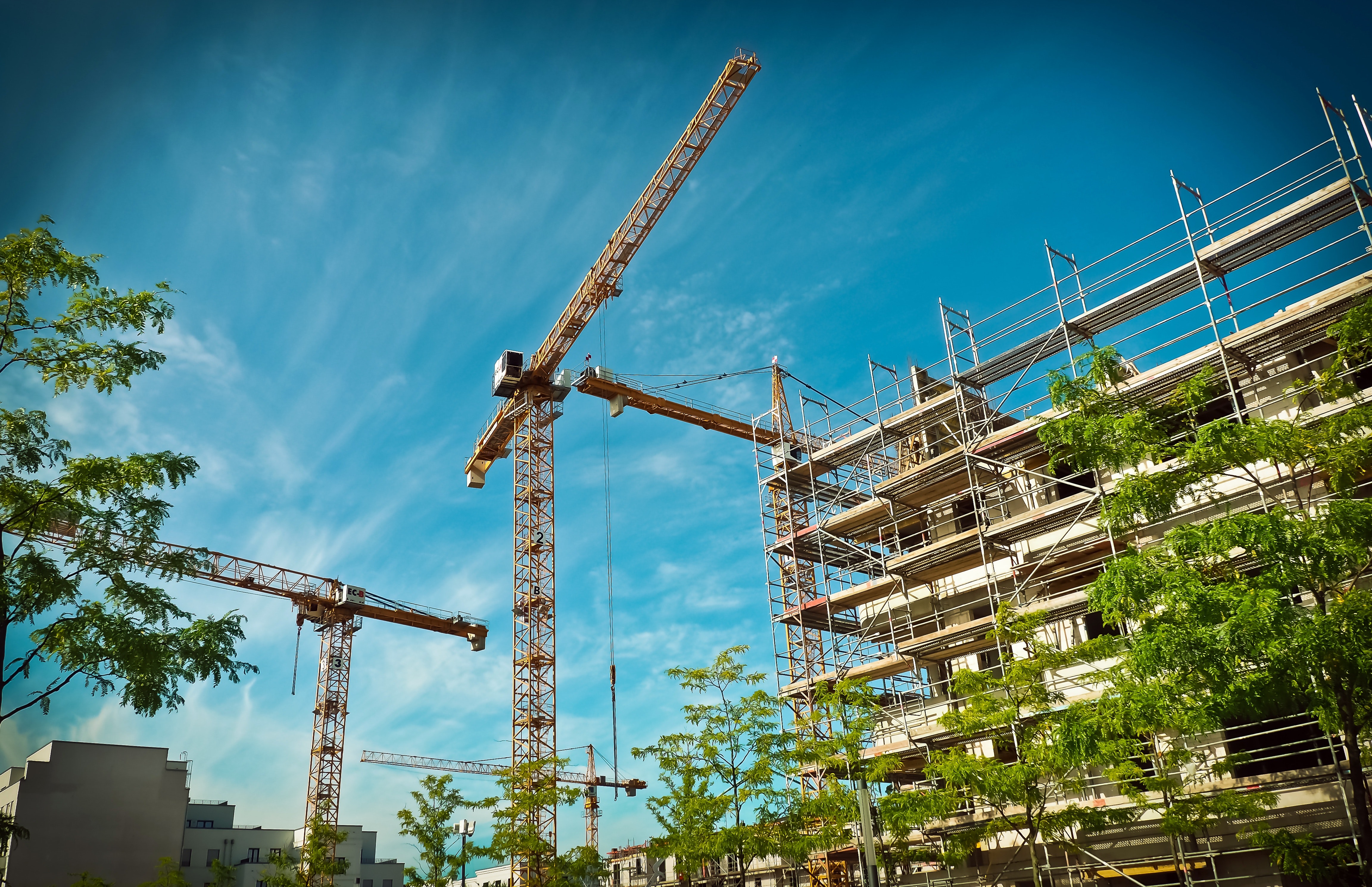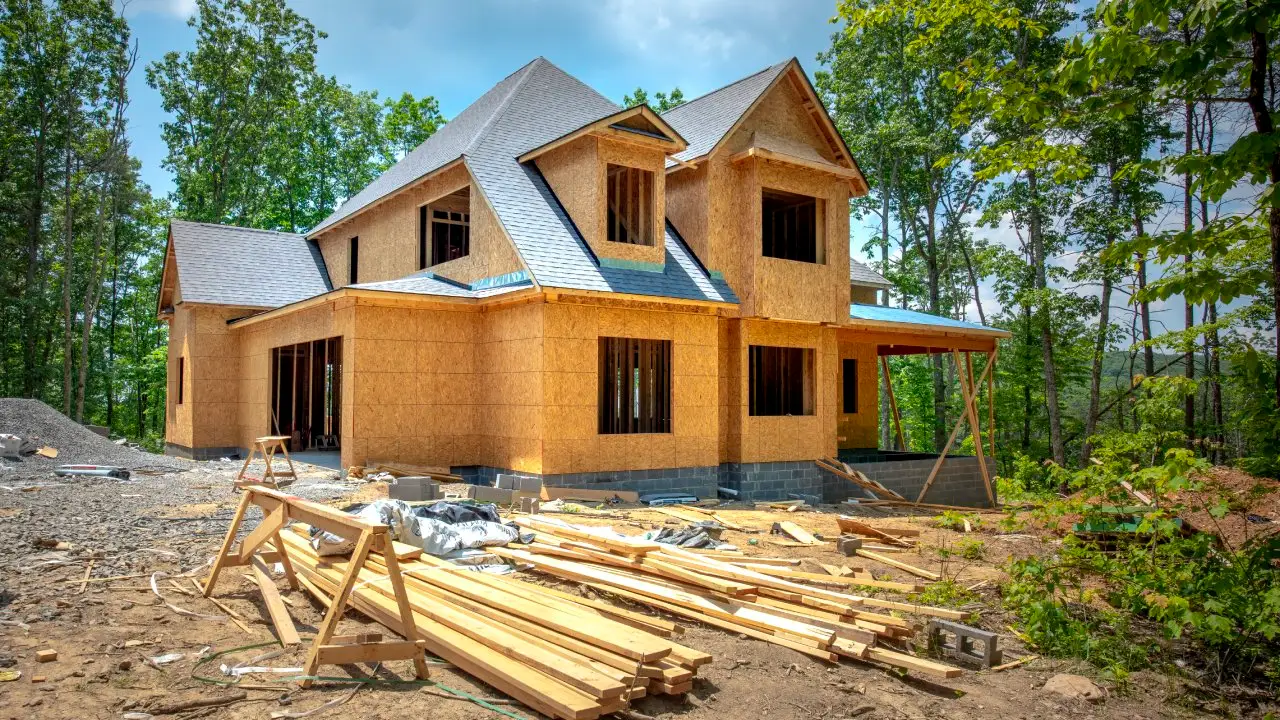In a recent article in the San Diego Union Tribune, it was estimated that 80,000 new homes are built in California each year. Construction starts increased by 4.8% to $773 billion dollars in 2018, and is expected to increase to 12.4% by 2021. One major corollary to the boom in construction in California is the emergence of technologies utilized in the construction industry. The use of augmented or virtual reality, robotics, cloud and mobile technology, inter-connected job sites, construction management software, wearable technologies, drones, smart/green construction, Building Information Modeling and 3D Printing are just a sampling of the ever present construction technologies being used every day at the construction jobsites to increase productivity and lower construction costs.
Construction project management software is improving daily which allows for easier scheduling, project management, collaboration with design professionals, and overall time reduction to better serve construction companies. In addition, the use of 3D Printing, wearable technologies and drones to do site mapping and provide real-time construction monitoring, assists with making the jobsites safer and more efficient. These technologies provide better information and survey data for future projects as well. These technologies are becoming more affordable and will eventually replace the antiquated and outdated site management programs used for the past decades. The use of robotics to eliminate waste and reduce man-power is also becoming standardized for construction of component parts and will eventually replace a significant portion of the labor used in construction projects throughout California.
California is also becoming a leader in green construction and technologies, including the requirement for solar installation on all new construction effective in 2020. The construction industry accounts for 20% of global emissions. The construction of environmentally friendly buildings and green technology will replace the classic building methods to increase utility, durability and the economic facts of construction. In the future, building components will be made from recycled materials, reusable energies will power the home, air conditioners and asphalt will thermally heat themselves, and buildings will produce zero carbon emissions.
Finally, prefabrication and modular construction will take a giant leap forward in 2019. This technology allows for repeatable structures to be manufactured off-site and assembled easier and cheaper than ground-up construction for hotels, apartments, offices, and other commercial buildings. They are built to exact specifications and manufactured without the worry of weather or other inclement factors that would delay construction. Modular units are also made from recycled materials and significantly reduce excess materials and waste.
We are moving closer and closer to a time when these emerging technologies will become the standard in the construction industry. It is imperative for construction professionals to continue to develop, modernize and improve on these ever-changing construction technologies.




